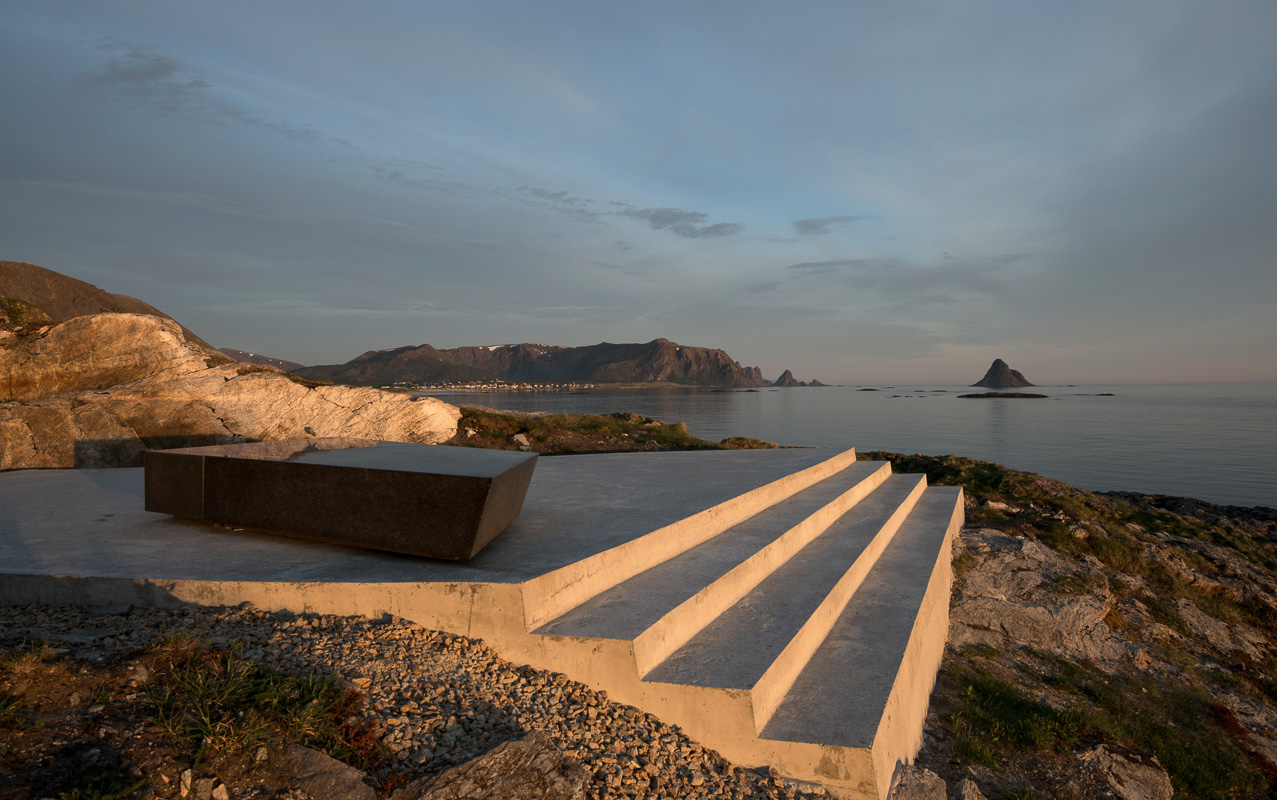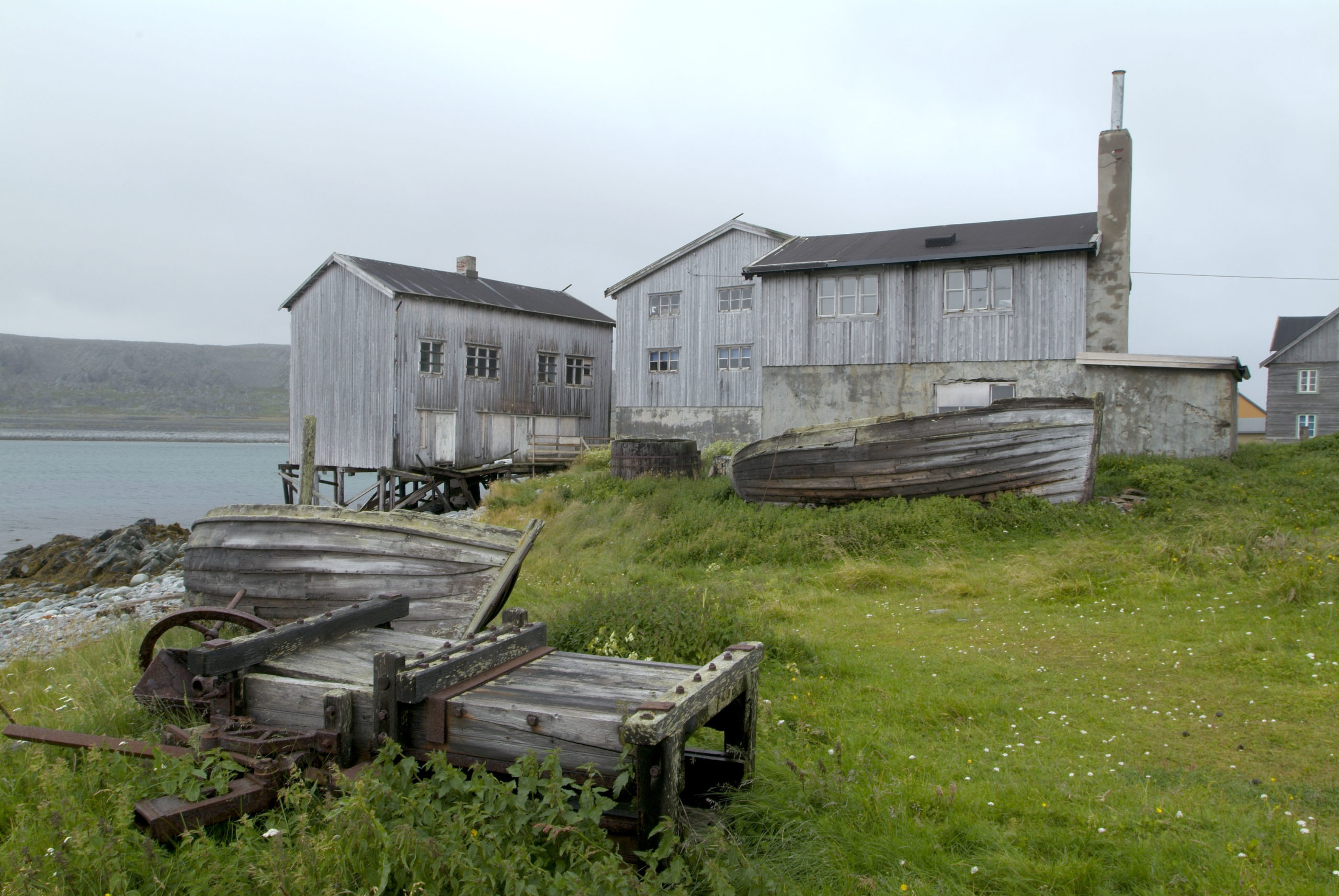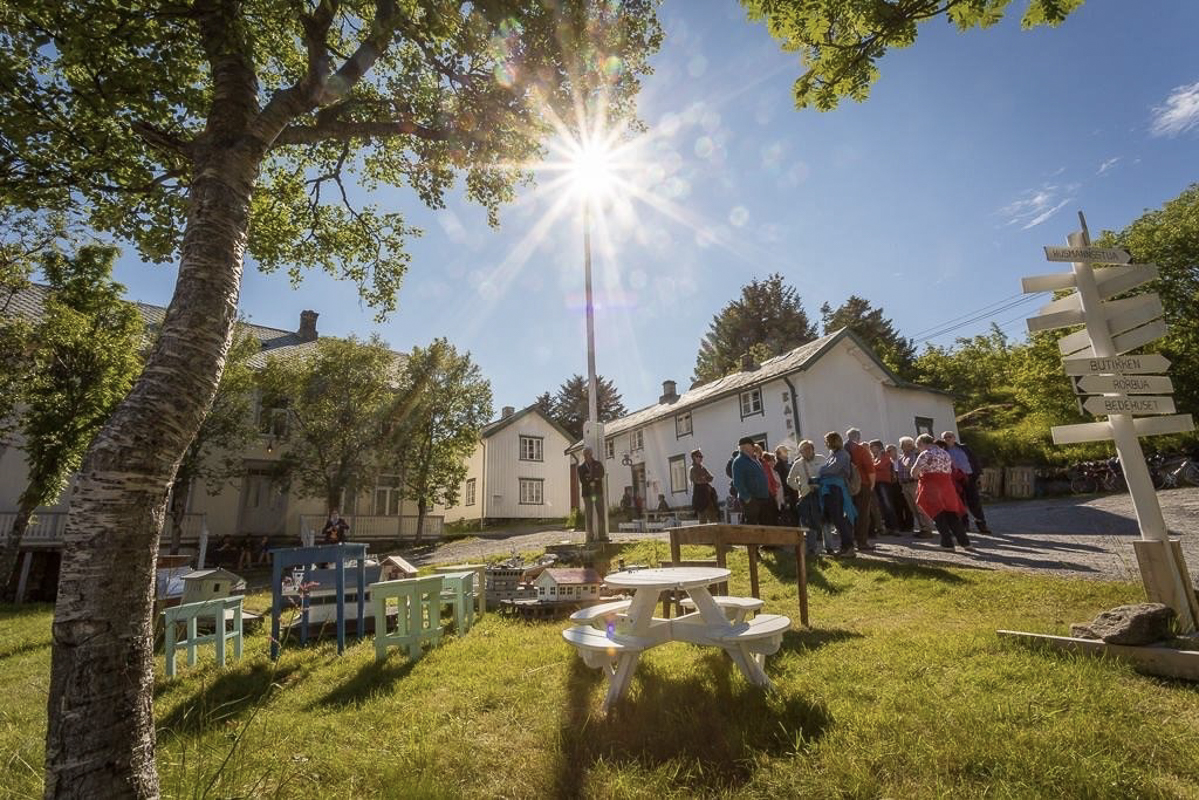Northern Norway is crisscrossed by roads, one more beautiful than the other. Which one should the individual car traveler choose? The “Norwegian Scenic Routes” project has strong opinions on the most beautiful drives, and they have even made those drives even more beautiful.
What are the most beautiful drives in the country?
Norway is a scenic country, and a drive around the country is a delight to the senses. Any detour can lead to a lovely spot. Some routes, however, should not be missed, as they go through particularly varied and beautiful scenery. The Norwegian Scenic Routes are a project by the Norwegian Public Roads Administration (Statens Vegvesen) to promote driving the most beautiful roads in the country.
Out of 18, six Scenic Roads are in Northern Norway
Northern Norway has more than its share of these routes, as there are six of them in the north. They are all coastal, showing hugely different faces of the Northern Norwegian littoral. In Varanger, in Norway’s far northeast, it’s all about sandy beaches and wide horizons in an area of a multicultural heritage. The striking mountains of the Lofoten islands form the exact opposite. To get to Havøysund, you follow the road from forested valleys to the open sea. The Andøya one goes meters from the roaring ocean. The Senja route connects tight-knit fishing communities along a steep coast. The longest of them all, Helgeland, is all about islands and troll-shaped mountains.
Stop at the viewpoints
It’s not all about the driving. You of course must stop as well. Part of the project is to make good and safe parking lots. Here you can stop, and go to a platform with fantastic views. The viewpoint is safe, the views are panoramic and above all, it has architectural qualities. At Kleivodden on Andøya, the Lødingen granite benches in odd shapes are nice to sit at while gazing over to the conic island of Bleiksøya and into the western horizon. The Austnesfjorden raised platform is but a few steps away, but a new vista opens up as you step onto the planks. The curving lines at Selvika on the Havøysund road allow you to see the bay from different angles as you descend towards the beach.
The Witch memorial is the premier artwork project
Sometimes, the project goes beyond just providing viewpoints and toilet facilities. The Steilneset Memorial, popularly known as the Witch memorial, is in memory of the 91 women and men burned at the stake in Vardø in the 17th C. The memory hall by Swiss architect Peter Zumtor documents every single one of the 91 trials. Louise Bourgeois’ art installation inflicts deep anguish with the burning chair in the centre.
The project provides access to attractions and viewpoints
The “forgotten town” is a sculpture, ressembling a ruined town, made by Swedish artist Jan Håfström as part of the Artscape Nordland project. The Godøystraumen viewpoint allows you to get in touch with the tidal current passing by just below the sculptural benches.
Architecture can provide a focal point in the landscape
The little waiting room and toilet facility building at the ferry dock in minuscule Jektvik is covered by fibre glass skin. At night, the transparent material allows the penetration of soft light, welcoming passengers on the ferry coming in like a Chinese lantern. The Ureddplassen toilet has an elegant curve that both stands out and communicates with the numerous islands and steep mountains around.
Architecture gives back to the local community
The rather large building at Gimsøystraumen, designed by merited architects Jarmund/Vigsnæs, combines the role of a community hall and providing toilet facilities for tourists. Designed to look like the large rocks around, the building does not impose itself on the surroundings.
A bird shelter allows you to see birds without being seen
In Varanger, the local architects at Biotope have designed special bird shelters, allowing you to observe the birds without disturbing them. In an Arctic landscape of incessant wind, they also provide shelter for the birdwatchers. Varanger is an internationally known birding destination, so these shelters dot the landscape, allowing for birdwatching all year. At Gårdsvatnet in Lofoten, 70 grader Nord architect Gisle Løkken has designed a tower to let you see birds at the nearby lakes and wetlands.
You may need shelter yourself
At Snefjord on the Havøysund Road, boxes placed in the landscape allow you to sit down and study the landscape. They are orientated at different angles, so at least one of the three boxes will provide shelter. The low. soft spoken concrete angles of the Bukkekjerka service facilities on Andøya encircle a protected space where people can meet for storytelling, services or even weddings. The Grunnfør shelter in Lofoten is especially designed for tourists on cycle, and you can park you bike downstairs and go up to a viewing room.
Redesigning old constructions is architectural recycling
At Gornitak at the beginning of the Varanger route, a German ammunition storage from the second world war has been turned into a service facility. Grønsvik fort at Helgeland was built by the occupying German forces, with the use of Soviet POWs. With good landscape planning, this area has been made safe and accessible as a rest area.
Landscape planning eases the access to the beach
The Northern Norwegian Scenic Routes are all following the shoreline. The viewpoint stops often ease the access to the beach by building ramps and walkways. At Hellåga in Helgeland, steps lead you straight into the water. Without those steps, fishing or swimming would be a leg-breaking affair. The ramp at Tungeneset on Senja Island leads over slippery boulders and crevasses onto gently curved, easily walkable rock, with the sculptural Okshornan rocks in the distance. The stone bridge at Storvika in Helgeland crosses a creek, so that you can get dry-footed to a lovely beach.
Good design protects the landscape
At Rambergsstranda beach in Lofoten, the approach is a simple as it is genious; solid wooden sleepers lead you down to the beach, without you trampling down the vegetation. The careful planning at Ersfjordstranda beach on Senja island placed the “golden loo” and the car park away from vulnerable sand dunes and vegetation. At Eggum on Lofoten’s northern coast, a stone quarry has been redesigned, mending wounds in the landscape.
When was a toilet visit more tempting?
One of the most striking features are the toilets. This most basic of needs gets an added value when you can do things with wonderful views. From Bukkekjerka on the ocean-facing side of Andøya, there is nothing but the roaring waves to be seen. Ureddplassen provides mountains and a multitude of skerries and rocks to look at.
New names take hold
The National Scenic Roads have attracted a lot of attention, not the least locally. On Senja Island, the price of the first toilet caused a stir, dubbing the Tungeneset toilet “milliondassen” – The Million Kroner Bog. When the Ersfjorden toilet appeared with its metal-clad exterior, it was immediately dubbed “Gulldassen” – The Golden Bog. The nearby flimsily-looking viewpoint at Bergsbotn is flexing slightly underfoot, and combined with the dizzying hight it has been dubbed “Magasuget” (“ The Stomach churner”).
The National Scenic Routes take you away from the main road
One of the really great aspects of the National Scenic Routes in the north is the way some of them draw attention to areas that have been unknown to tourists. The fishing community of Havøysund hardly saw a tourist all summer, while people were queueing to visit the nearby North Cape. The outer coasts of Andøya and Senja were little known before getting this badge of honour. Lofoten, already a well-known destination, has benefitted from the upgrade of carparks and stop points.
New facilities open every year
More people drive the National Scenic Routes every year. This has, of course, the potential of increased footprints in the nature and pressure on local communities. However, to counter this, the project keeps building new toilets, waiting rooms, pathways and viewpoints, all of a durable quality that can take increased numbers of visitors.





































